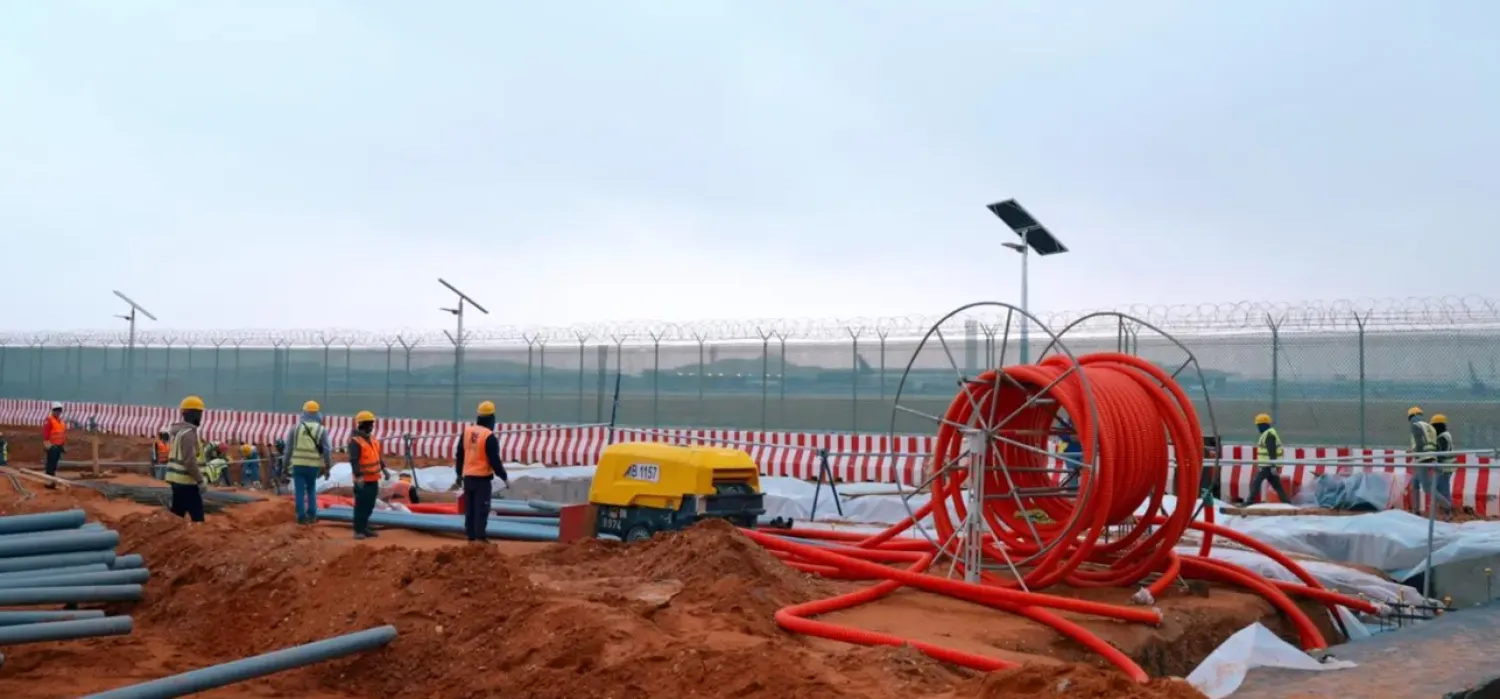Iraq's Deputy Prime Minister for Energy Affairs and Minister of Oil Hayan Abdul Ghani announced Sunday that the Oil Ministry is working to increase the refining capacity of the Basra Gas Company to 1,400 million cubic feet per day in the coming years.
During his visit to the facilities of the Basra Gas Company, Abdul Ghani indicated that the ministry wants to increase gas investments through the implementation of plans, programs, and projects to reach an investment rate of 1,400 million standard cubic feet during the next few years to reduce emissions and support the economy.
He added that the Basra Gas Company had implemented gas investment projects, and the current investment rate is 900 million cubic feet.
The company has promising projects to add new capacities of invested gas to reach these rates of 1,400 million cubic feet per day through the implementation of the Basra project, which includes the establishment and construction of an integrated gas investment plant comprising two units, each one with a capacity of 200 million cubic feet, said Abdul Ghani.
The project will include a national gas network of at least 200 million cubic feet over the next five months.
The Basra Gas Company is determined to achieve this program, said the Minister, adding: "we appreciate the efforts of the company's employees for the gas investment that has been accomplished in record time."
The Basra Gas Company was formed following a joint venture agreement with Shell, the South Gas Company (SGC), and Mitsubishi Corporation (MC) on an initiative to capture associated gas in South Iraq.









